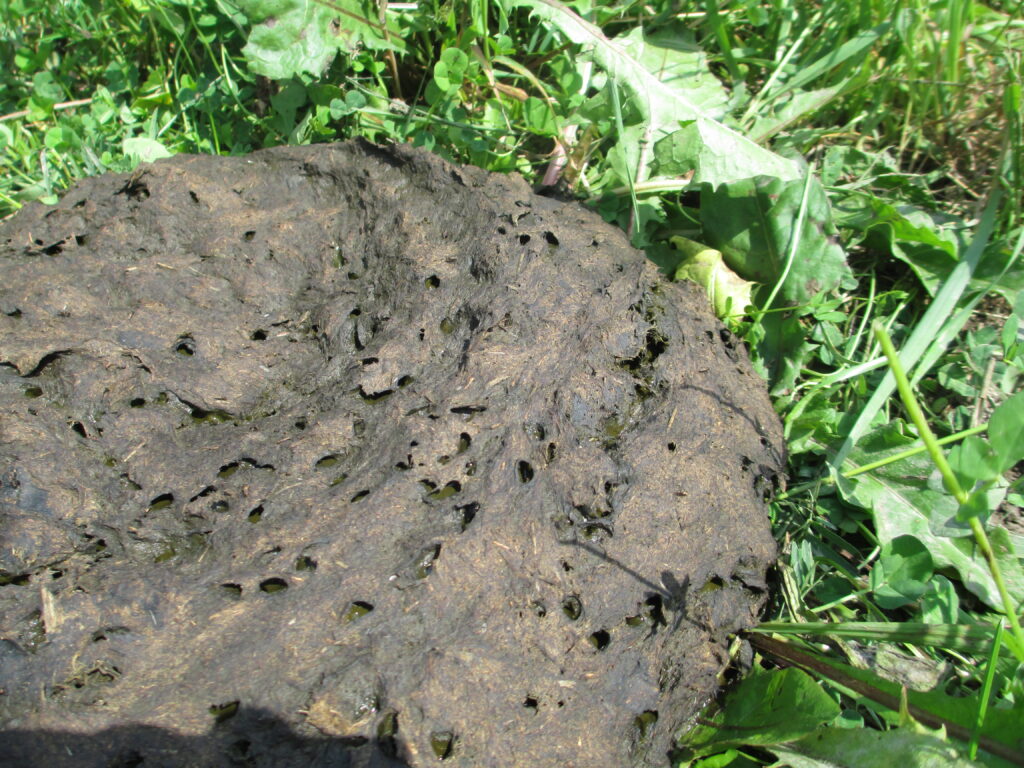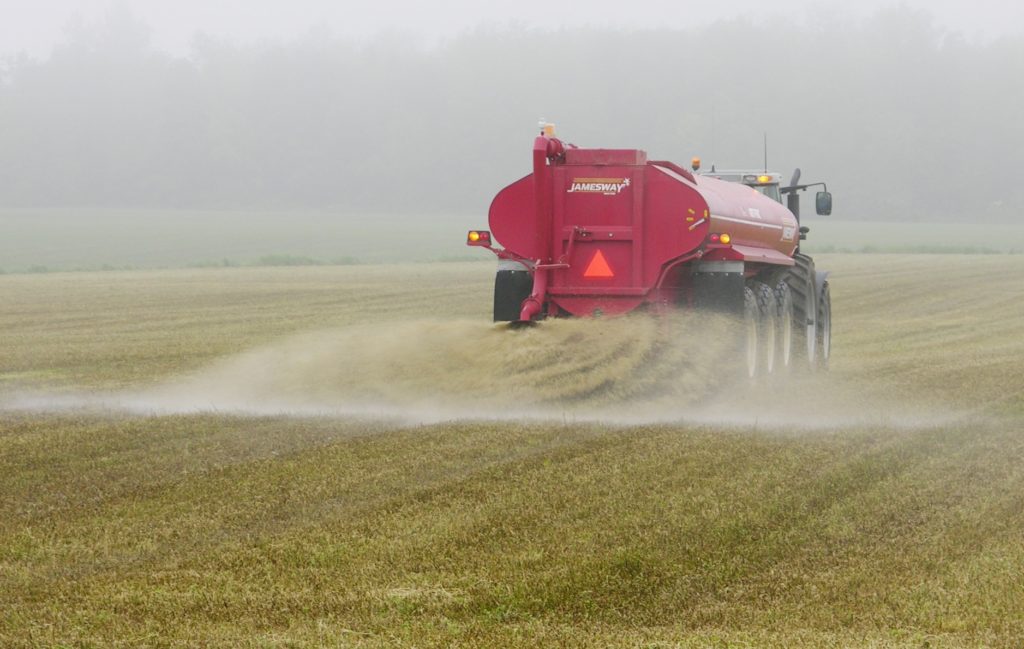Manure Analysis

Manure analysis is necessary because the quantities of nutrients contained in manure, especially the phosphorus and potash components, will vary from farm to farm. Type of livestock, ration, bedding, added liquids and storage system all affect the final nutrient analysis. Using average values for a livestock class is useful as a last resort, but the […]

